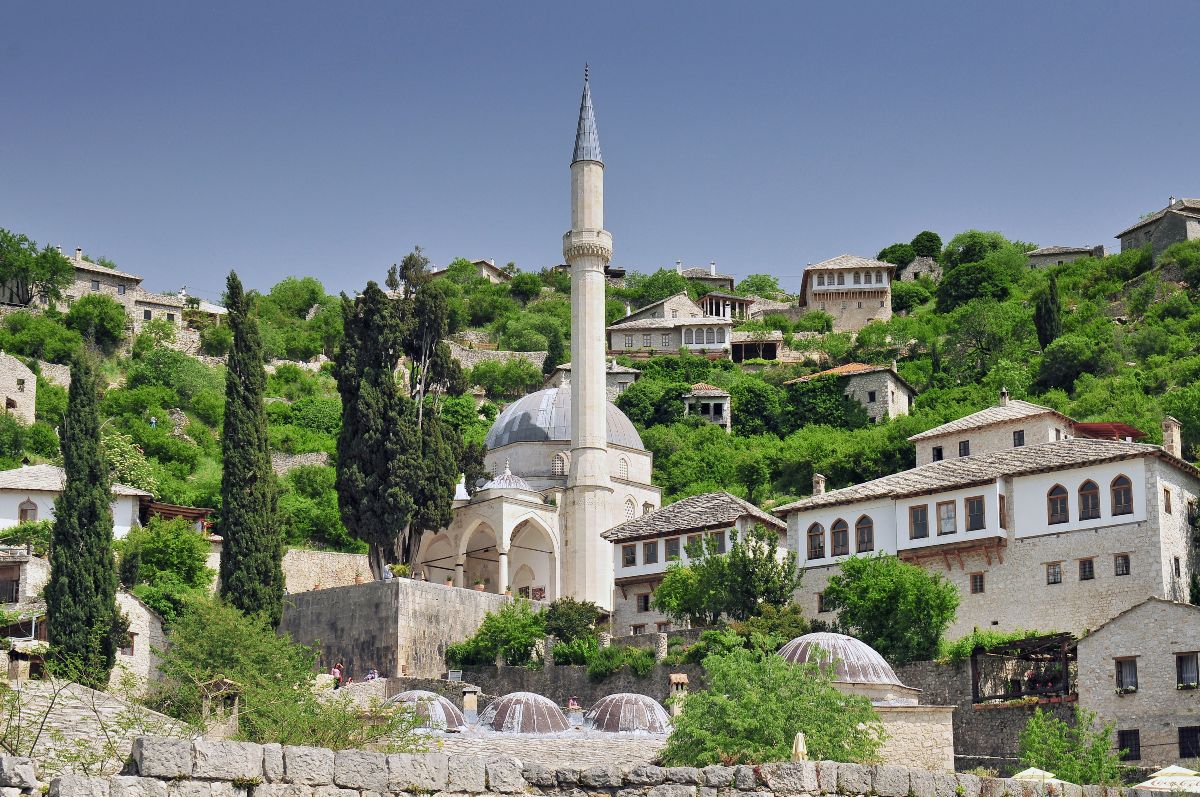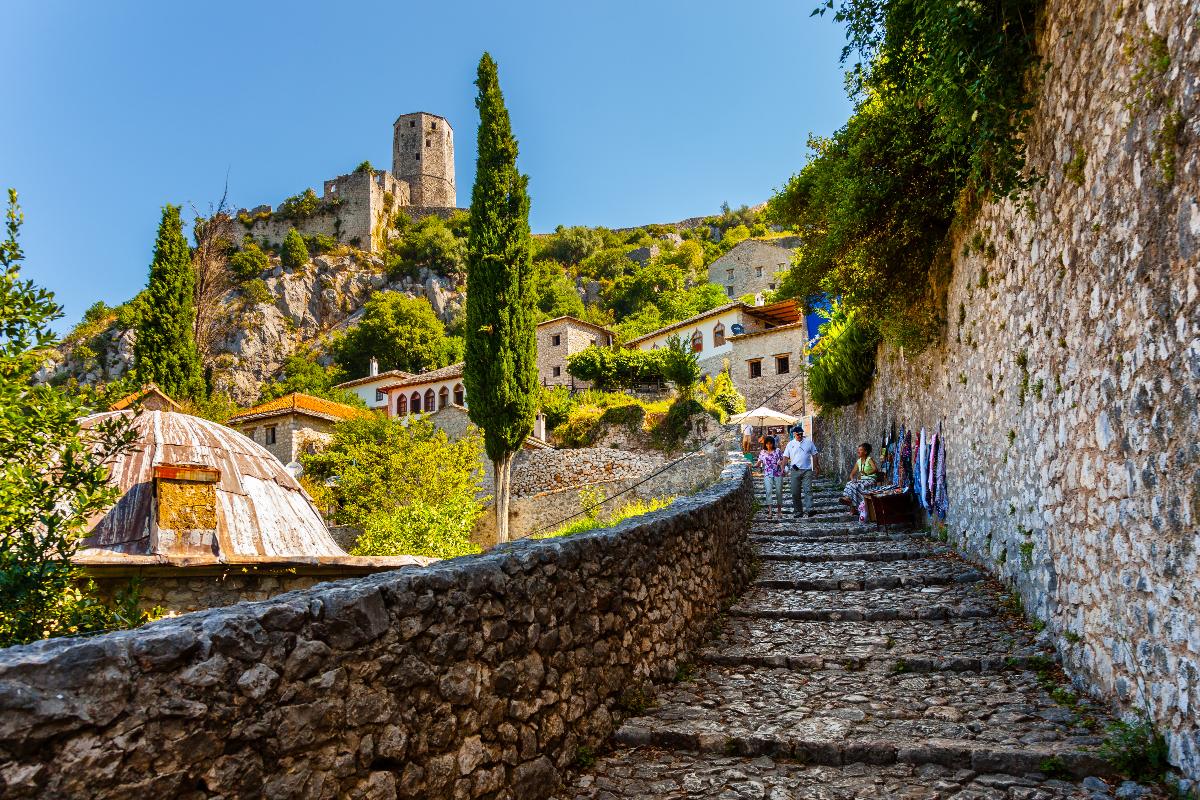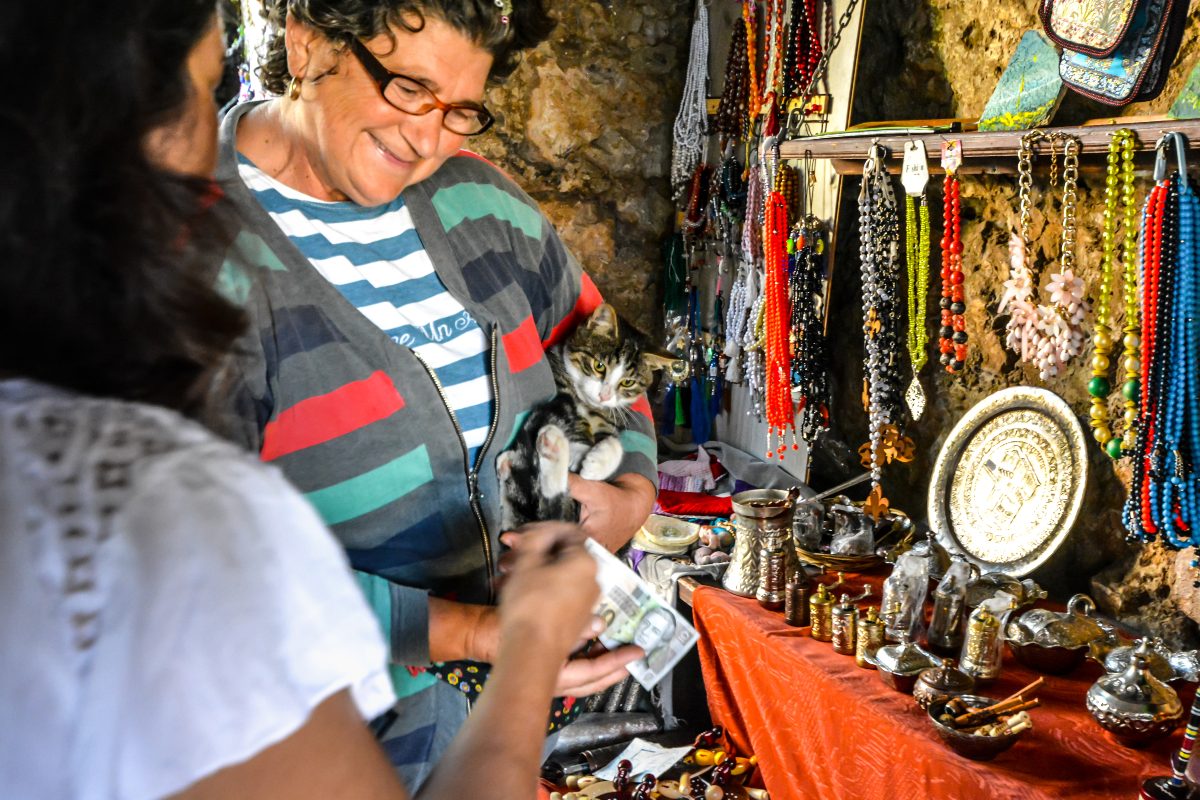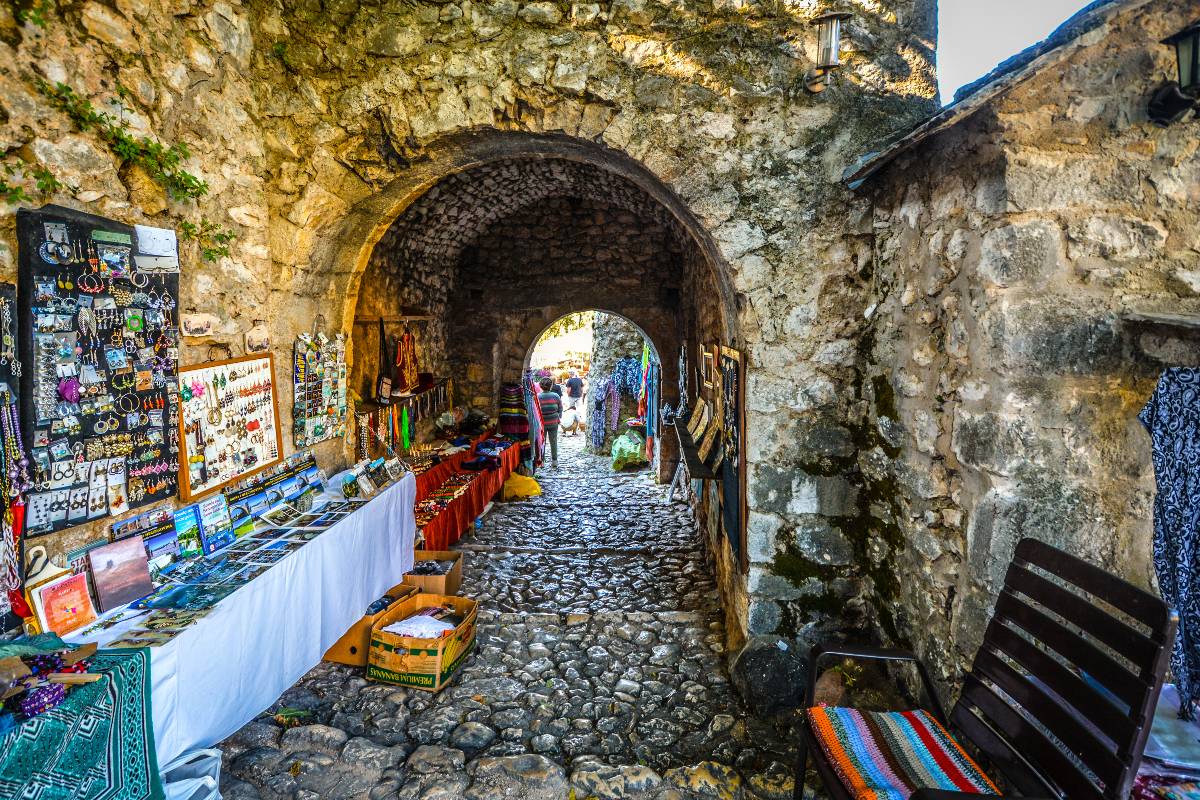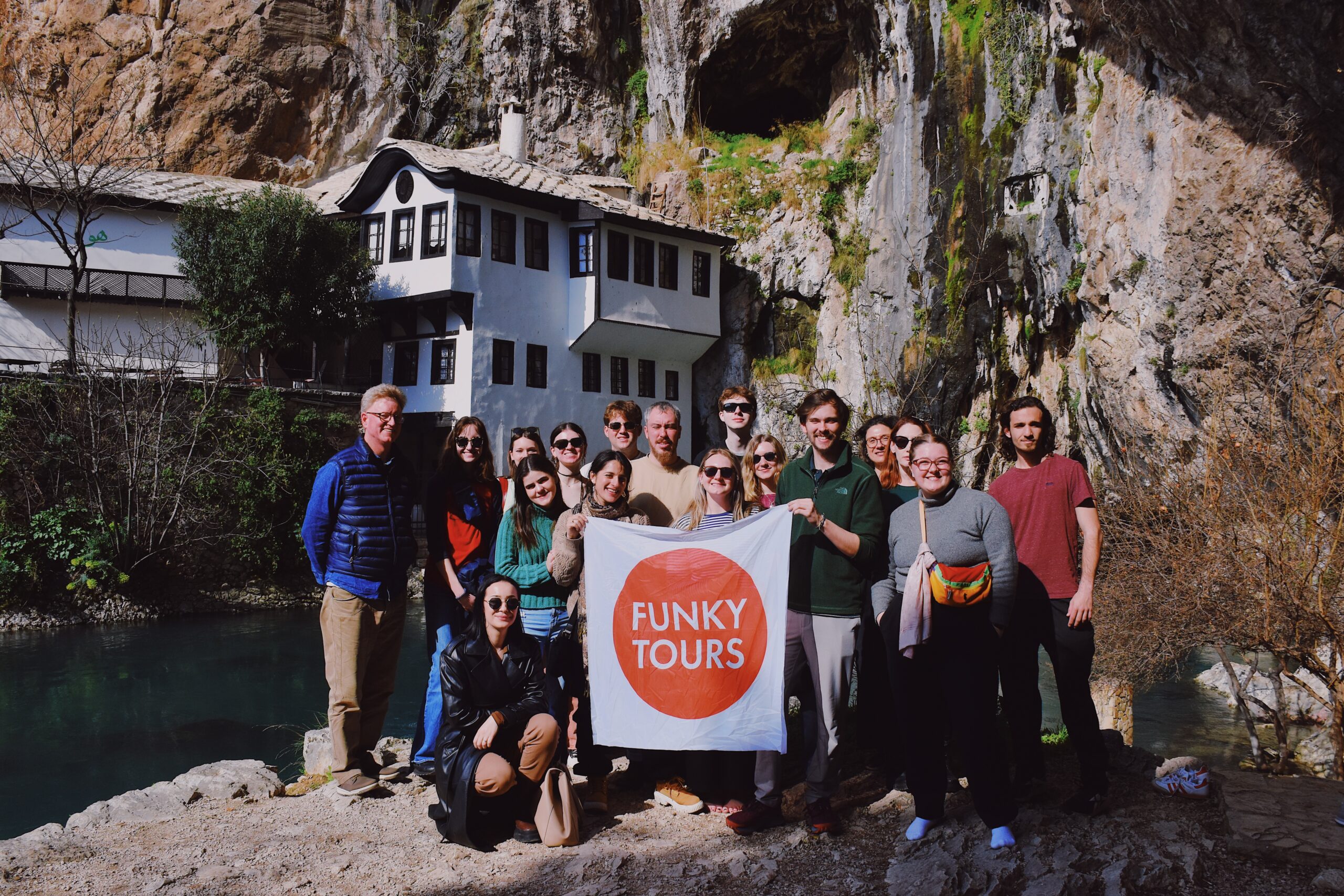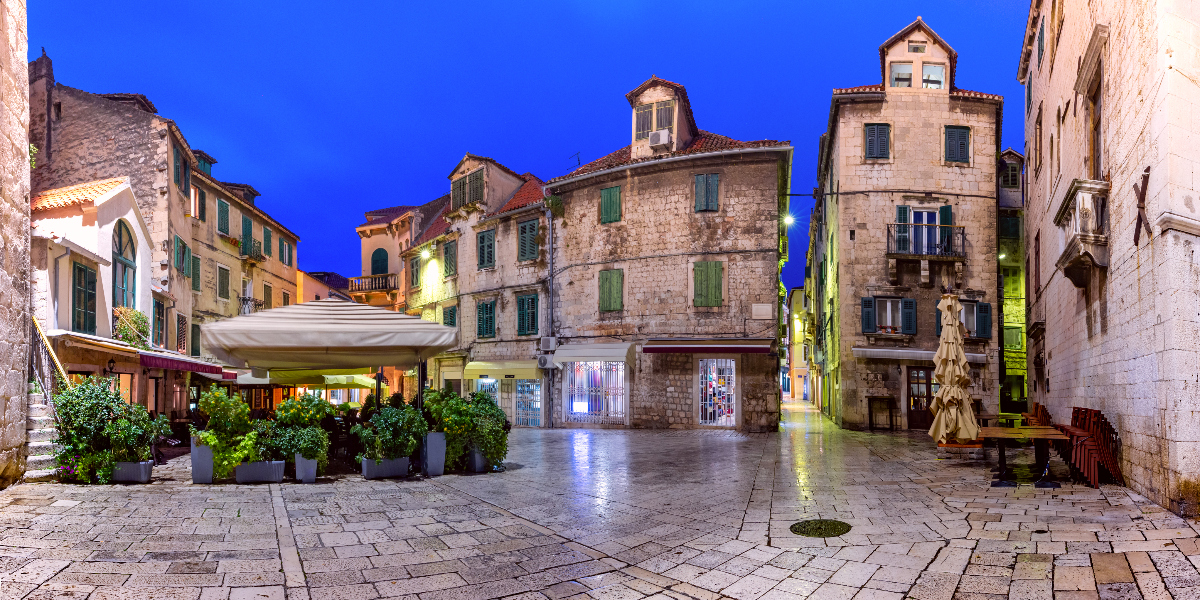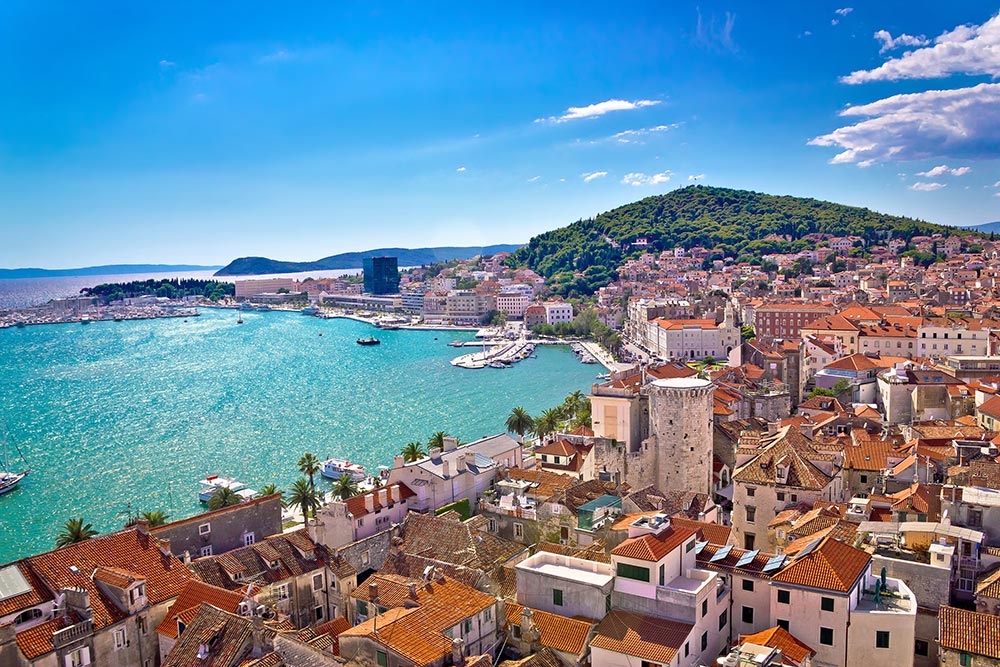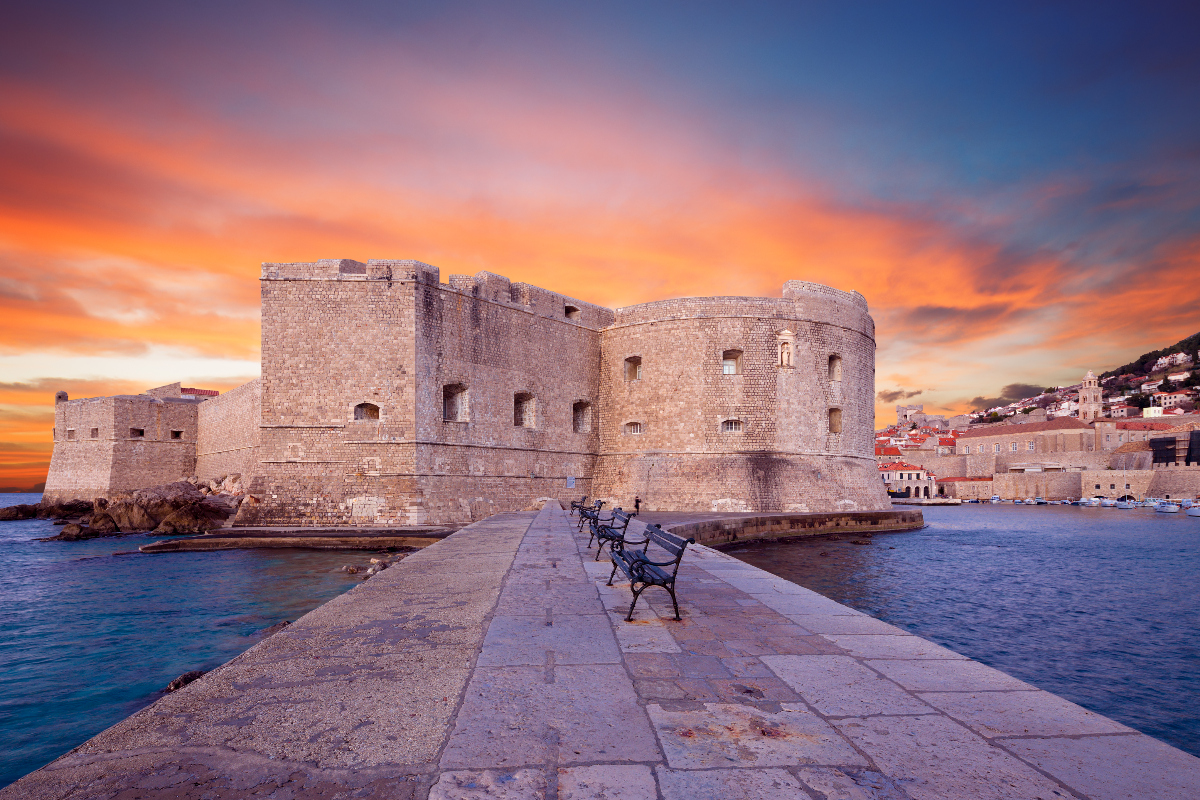The houses of Počitelj are in absolute balance with the surrounding nature. Builders in the past used what they had around them as a construction material. If Herzegovina doesn’t lack in something, that would be limestone. Hence, the houses and terrace gardens of Počitelj are standing as the most natural continuation from God-made towards the man-made structure.
Some of the scientific data assert Počitelj has specific microclimatic conditions. Allegedly a temperature, humidity, wind and turbulence, dew, frost, heat balance, and evaporation are in perfect mutual harmony. Hence, spring blossom occurs normally already in February, roughly two months before the trees are blooming in Bosnia.
On one occasion a local lady said: “when I attended mekteb (Muslim primary school) a teacher used to narrate what can we expect in paradise and what it will look like. While listening to him, I had a feeling he was describing how my garden looked like”

